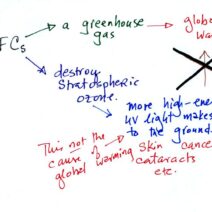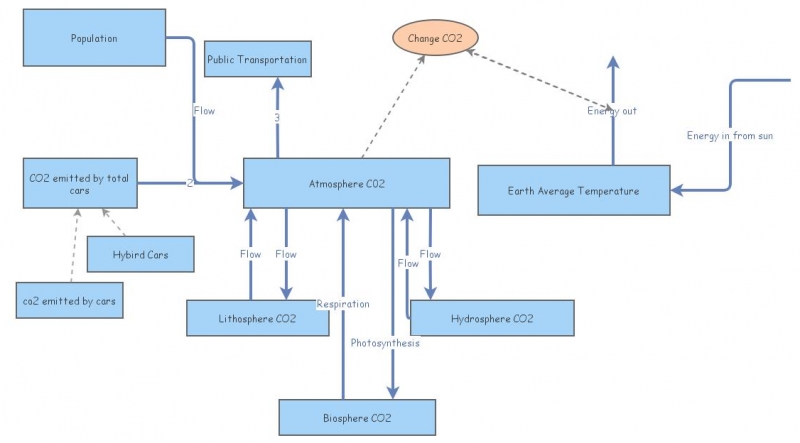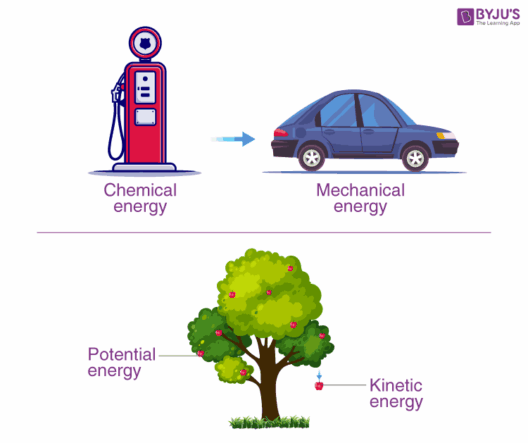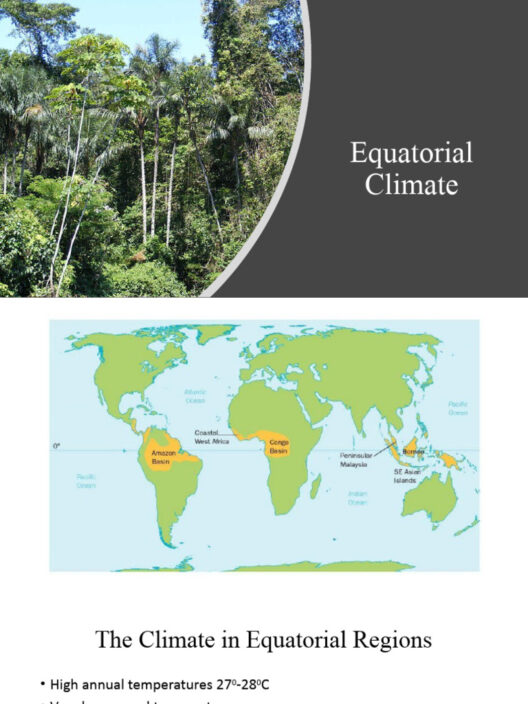Global warming, a phenomenon that has ignited concern across the globe, is significantly exacerbated by two primary culprits: cars and factories. The complex interplay between human activities and the natural environment unfolds in a scenario where fossil fuel combustion leads to the release of greenhouse gases (GHGs), primarily carbon dioxide (CO2). Understanding how these sources contribute to climate change is crucial for developing viable solutions.
To begin with, it is essential to delve into the essence of greenhouse gases. These gases create a thermal blanket around the Earth, trapping heat in the atmosphere. The primary GHG, carbon dioxide, is predominantly released through the burning of fossil fuels. In fact, a substantial portion of global CO2 emissions emanates from the transportation sector and industrial activities, thus establishing a direct correlation between these human enterprises and global warming.
First, consider the impact of automobiles on the environment. Cars, trucks, and buses significantly contribute to the global carbon footprint. The internal combustion engine—relying predominantly on gasoline and diesel—is a major source of CO2 emissions. Annually, transportation accounts for nearly a quarter of total greenhouse gas emissions in many developed nations. The efficiency of vehicles has evolved, but improvements have often been eclipsed by the continuous increase in vehicle miles traveled (VMT). As urban populations expand and the desire for personal vehicular mobility intensifies, the emissions trajectory remains upward.
Electric vehicles (EVs) present a promising avenue for reducing the carbon footprint of personal transportation. While they emit no tailpipe emissions, the environmental impact of EVs must also consider the source of electricity used for their operation. Power generation methods and the lifecycle assessments of battery production must be scrutinized. These aspects can either mitigate or exacerbate the overall emissions picture, depending on whether the power is derived from renewable energy or fossil fuels.
By contrast, factories also play a pivotal role in driving global warming. Manufacturing plants often rely on coal, natural gas, or oil as their primary energy sources. Industrial processes are responsible for over 20% of global GHG emissions. Outside of energy consumption, the production of concrete, steel, and other materials further contributes to emissions through chemically-driven reactions. For instance, cement manufacturing is a significant source of CO2, with a single ton of produced cement releasing approximately one ton of the gas as a byproduct. Thus, each product—be it a vehicle, a building, or consumer goods—embodies a substantial carbon footprint.
Moreover, factories release other harmful pollutants such as methane (CH4) and nitrous oxide (N2O), which are even more potent than CO2 in terms of their warming potential. This duality of greenhouse gases complicates the narrative of industrial emissions. Factories may employ various processes that inadvertently increase their cumulative contribution to climate change.
It is also paramount to consider the combined effect of cars and factories on urban environments. Higher concentrations of vehicles and industrial facilities often lead to the phenomenon known as the urban heat island effect. This occurs when urban areas experience higher temperatures than their rural counterparts, primarily due to human activities and infrastructure. Elevated temperatures exacerbate air conditioning demand, leading to increased energy consumption and higher emissions from power generation, thus creating a vicious cycle that feeds the fires of climate change.
To mitigate the adverse environmental impacts associated with automobiles and industries, strategies such as stringent emissions regulations, technological innovations, and behavioral changes are imperative. Implementing regulations that promote cleaner technologies and stricter emissions standards can lead to a significant reduction in GHGs. For instance, the transition to renewable energy within industrial sectors can yield substantial benefits. By investing in energy efficiency measures and green technology, factories can transform their operation to foster an environment that prioritizes sustainability.
Transportation can also benefit from smart urban planning initiatives. Encouraging public transport, cycling, and pedestrian-friendly infrastructure can curtail dependency on personal vehicles, resulting in decreased emissions. Moreover, developing green spaces within urban settings can enhance carbon sequestration, further ameliorating atmospheric CO2 levels.
In addition to these measures, individual actions play a crucial role in addressing the climate crisis. Shifting toward carpooling, utilizing public transportation, and making conscientious choices about energy consumption can cumulatively lead to significant changes in our carbon footprint. As consumers, opting for products with lower embodied carbon and supporting businesses that implement sustainable practices can forge a path toward collective environmental responsibility.
Understanding the intricacies of how cars and factories drive global warming is essential in addressing climate change. The intersection of transportation and industrial emissions presents unique challenges that demand multi-faceted solutions. By fostering collaboration between governments, industries, and individuals, society can create a sustainable future where the climate crisis is recognized as a priority and addressed with urgency.
To conclude, the narrative of carbon emissions extends beyond mere numbers. It is about the air we breathe, the ecosystems we cherish, and the legacy we leave for future generations. By comprehensively addressing the carbon footprints contributed by cars and factories, humanity can forge a path toward a sustainable equilibrium with our planet.







